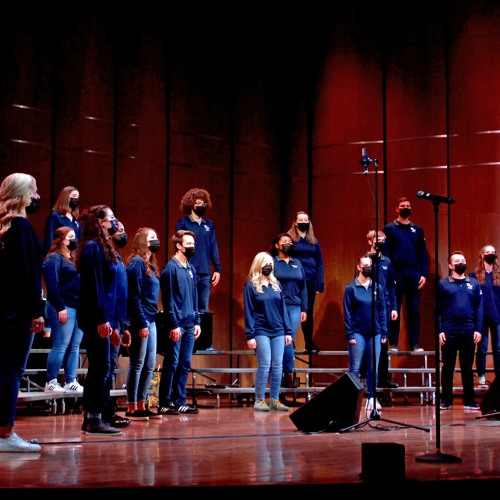

As always, it has been a great pleasure working with Ola and his music.

If you're going to write harmonies that can pull that beautiful richness and fit in those tiny clashes in an effective way, it's a great place to start.The final master for Ola Gjeilo's new album PIANO IMPROVISATIONS was completed today. Near as I can tell, the original tune is in what we call Dorian Mode, (think going from a D to the next D on a piano, skipping all the black keys) which lends itself to a whistful sad feel - while there's a half step between the highest two notes, which gives it some drama. So for this version, the harmonies come from Ola Gjello, but he's also helped by the nature of the tune itself. Not only that, but the massive collection of tunes that are found in that book has been the foundation for a lot of arrangements and borrowed themes for literally centuries. Passing these chants from generation to generation was a driving force in what eventually became what we'd recognize as musical notation (the video's version of notation is an early ancestor to that, but it can still be used). The written-out version in the video is taken from the Liber Usualis, a big book of the most common Latin chants performed during the year in the Catholic tradition. Not a dumb question at all! The 8th Century Antiphon would, in its original form, sound like this. The beat he’s conducting is slightly ahead of the orchestra, and more significantly all of his gestures are at least a beat before when the orchestra actually does them. It’s not the easiest example to follow, but this video of the venerable Leonard Bernstein demonstrates what I’m talking about. So if a conductor is trying to lead the ensemble, they actually have to conduct everything a little ahead of time. But if you were to actually try doing that, the music would start lagging because the musicians need to know what to do BEFORE they do it. Most people assume that when you conduct, you’re “on the beat” so that your hand/baton is moving in sync with the music.

Which is often the case anyway with conducting but there’s something to look for: In this case they’re definitely getting some timing cues from the guy conducting (front left), but mostly his conducting here is serving as gestural reminders of what they already know. Having said that, even in performances where there’s no obvious conductor, everyone is almost always following someone’s lead still, although it may not really be noticeable because they’re mostly following by ear and by watching body language.ĮDIT: I hadn’t watched the video yet when I commented.

The better the musicians are, and the better they know each other, the easier it is for them to just do their thing. It really just depends on the musicians, and the piece.


 0 kommentar(er)
0 kommentar(er)
